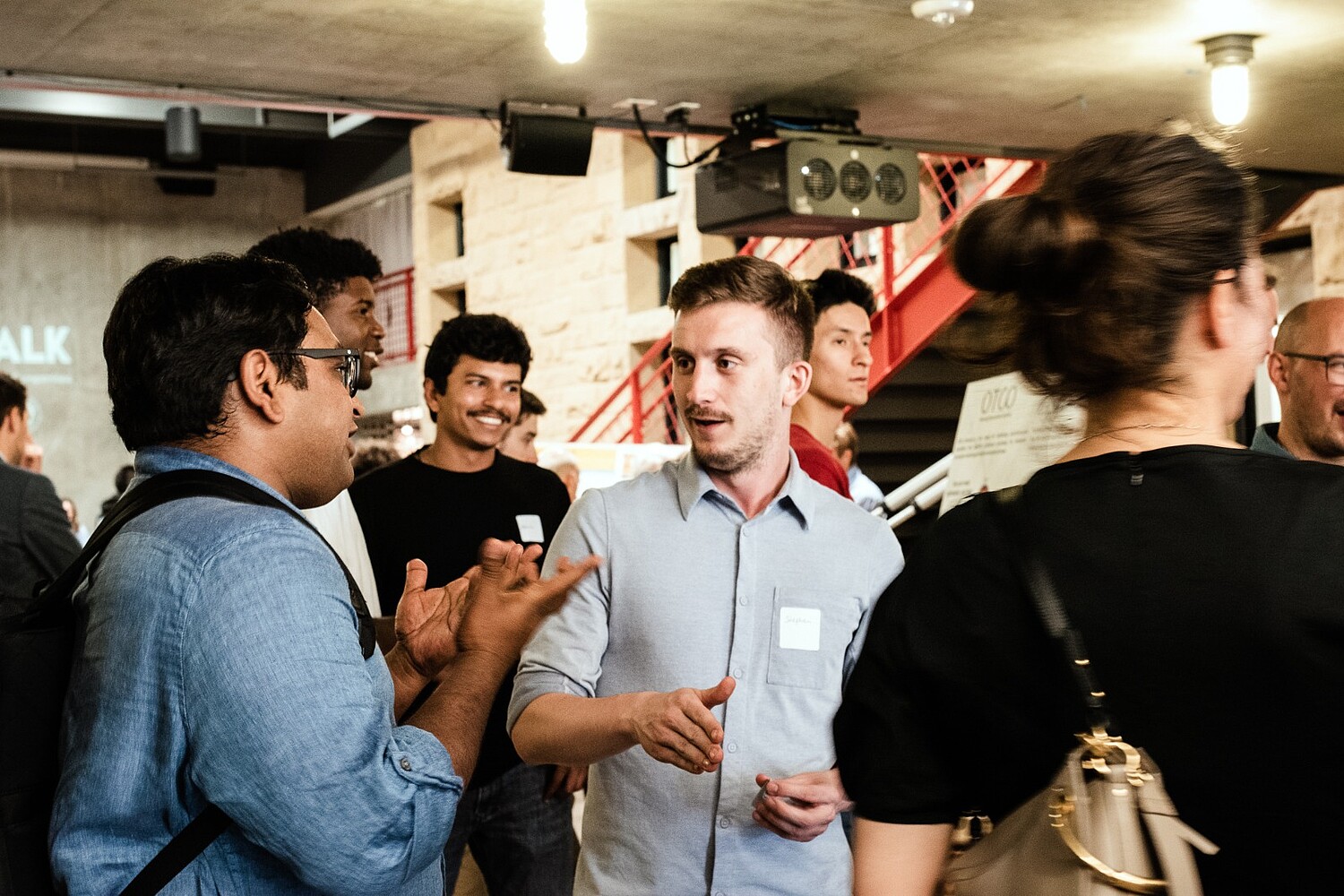
Making tablets fit for the circular economy
Students from the School of Management and Law took on a big task: making the pharmaceutical industry more circular. They undertook their work together with five engineering students from the renowned Stanford University.
It all started with a single problem: the eight students on the one-year full-time Master’s programme in International Business were tasked with making the pharmaceutical industry, a sector with a significant environmental footprint, more sustainable. “The task we were presented with already represented a challenge,” recalls project participant Anna Dietrich. “It was formulated in extremely broad terms and we received no further clarification when we asked about it.”
However, this was the precise intention of the project’s initiators: “If everything is already defined in advance, the path the project will take and the end result are preordained,” says lecturer Albena Björck, who initiated the unusual study format and oversaw the pilot. She adds that “while uncertainty is difficult to endure, it also opens up endless possibilities.” It was precisely these possibilities that the students had to explore as part of a process that would see them have to repeatedly discard ideas and start anew. Working together with Stanford engineering students, the team of ZHAW business students developed a pioneering project that generates added value for everyone involved. The project’s client and sponsor was the pharmaceutical company Johnson & Johnson.
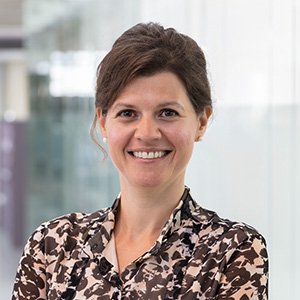
“The students learned skills such as ambiguity tolerance and agile thinking, which are almost impossible to teach using traditional didactic methods despite being key skills in today’s world.”
The cooperation between the two universities took place for the first time this year. Albena Björck supervised the project together with research associate Juanita Guarin Davila. Professors George Toye and Mark Cutkosky were their cooperation partners at Stanford University.
Progress through trial and error
The student project also resembled a laboratory. The approach adopted by the students was based on the principle of trial and error. The eight ZHAW students got down to work in Winterthur. “We narrowed down our field of work to the area of self-medication relatively quickly, as this is somewhere that a particularly large amount of waste is currently produced. The scope for making an impact is thus enormous,” says project participant Anna Dietrich. After completing in-depth research and a market analysis and with prototypes in the bag, the first group of ZHAW students set off for Stanford in January.
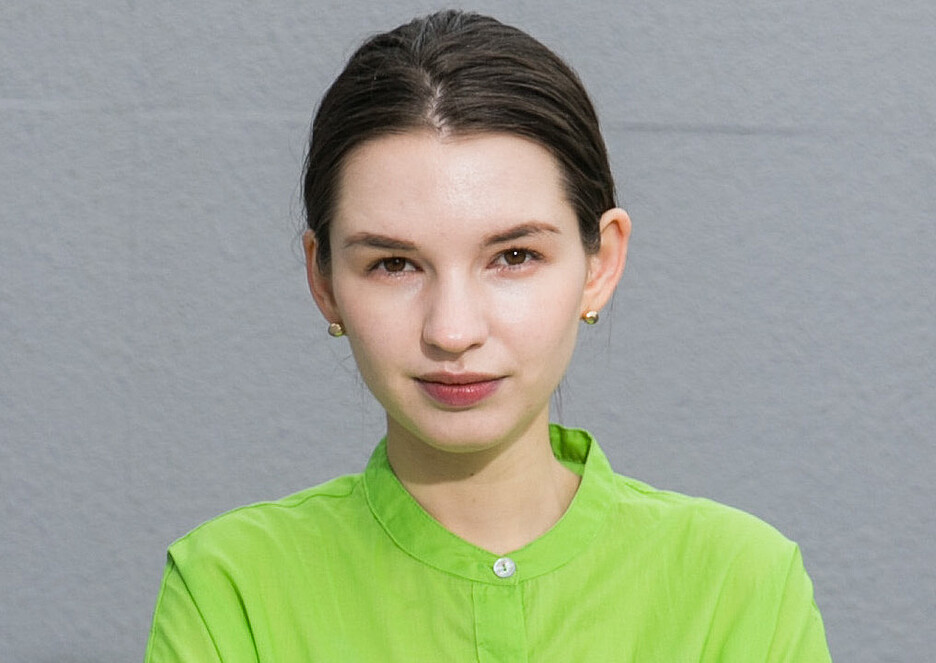
“A key lesson for me was that you should sometimes take your time and that the first idea you have doesn’t necessarily have to be the best one.”
Once there, they embarked on a creative process that would see all of their previous ideas discarded once more and new approaches immediately generated. The solution created here takes the form of a dispenser from which commercially available, over-the-counter medicines (e.g. ibuprofen) can be purchased at highly frequented locations, very much like a Selecta vending machine. The major advantage of this solution would be that the tablets could be purchased individually rather than in larger packs, meaning that pharmaceutical waste could also be reduced.
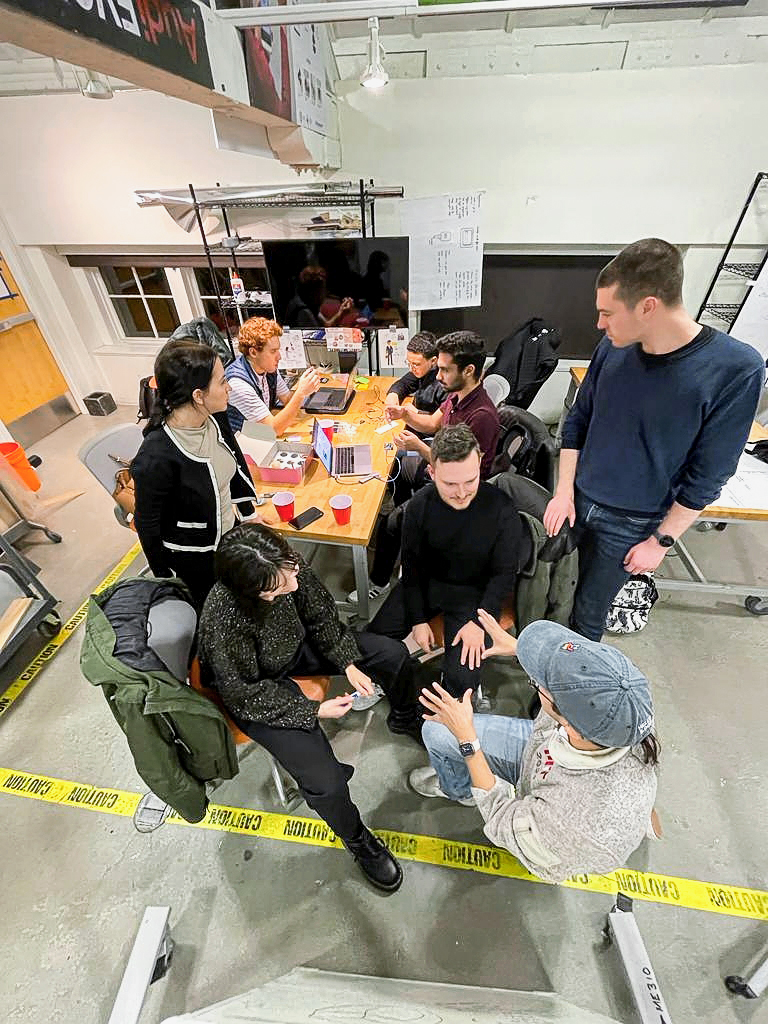
The project group handed over this idea and a rudimentary prototype to the next group of ZHAW students to travel to the US. “We quickly realised that the US is much less advanced than Europe in terms of the circular economy. While on the other side of the pond they are still primarily working on recycling, Europe is more fundamentally seeking solutions that will allow for resources to be saved and reused. We at the ZHAW therefore soon found ourselves working on an overarching project,” reports project participant Stephen Primeau.
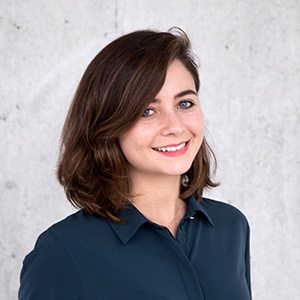
“Such projects are very complex and require everyone involved to go the extra mile.”
The ZHAW team proposed a take-back programme that would provide pharmacies and customers with a greater incentive to collect expired medicines. “The ingredients could then be extracted and returned to the cycle,” says Stephen Primeau. The international and interdisciplinary team of students therefore ultimately succeeded in developing an integrated system solution.
Positive feedback
The conclusion of those involved: “Such projects are very complex and require everyone involved to go the extra mile. There are many stakeholders involved, the outcome is completely open and you need to adopt different mindsets,” states Juanita Guarin. At the same time, however, she says that all of these factors also enormously improve the end result. Albena Björck adds: “We were able to experience first-hand how the students grew with their task. They gained a great deal of experience in completing their work with the interdisciplinary, international team as well as in their open dialogue with leading international design experts. As part of this project, they learned skills such as ambiguity tolerance and agile thinking, which are almost impossible to teach using traditional didactic methods despite being key skills in today’s world.”

“We quickly realised that the US is much less advanced than Europe in terms of the circular economy.”
The positive feedback from project partners, experts and the public ultimately confirmed the project management team’s impression that the pilot project had been a complete success. The numerous collaborations, which ultimately gave rise to this flagship project thanks to years of development work, are also being continued in various forms.
For the students Stephen Primeau and Anna Dietrich, the experience and the collaboration with their counterparts in the US – with whom they were able to shape the innovations in Silicon Valley and in the industrial centre of Switzerland – became a highlight of their degree programme. Anna Dietrich likely speaks for all of the team members when she says that “a key lesson for me was that you should sometimes take your time and that the first idea you have doesn’t necessarily have to be the best one. It was also incredible to experience just how much we were able to achieve together in those few days in Stanford.”
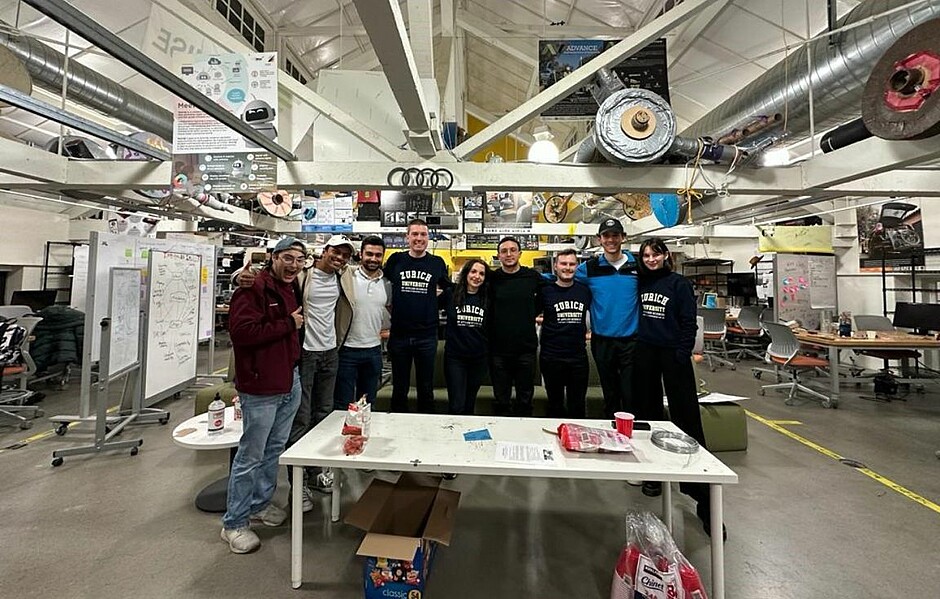
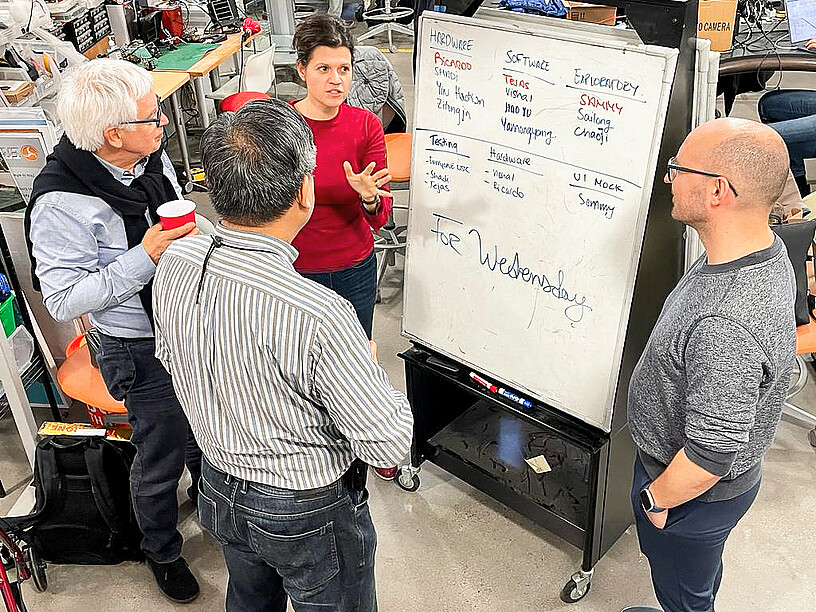
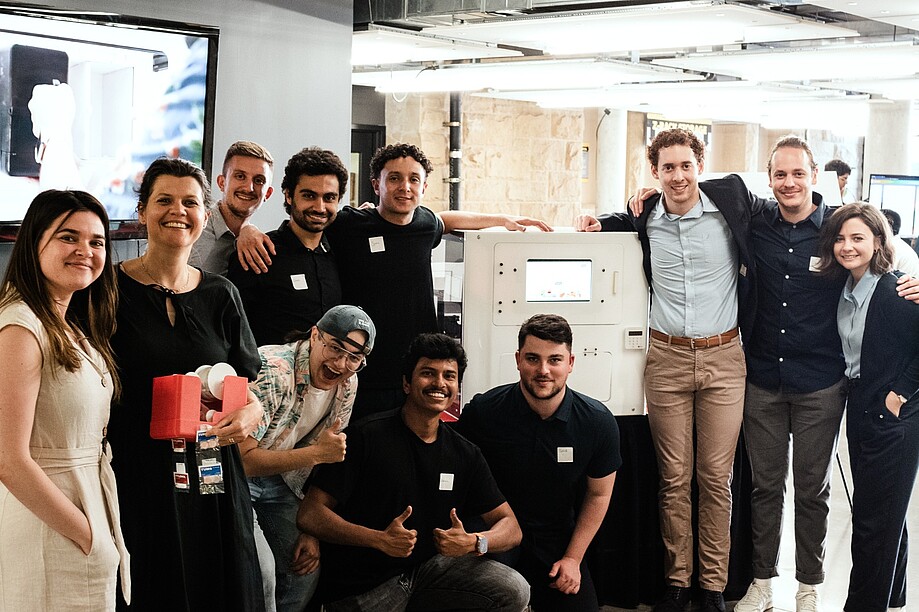
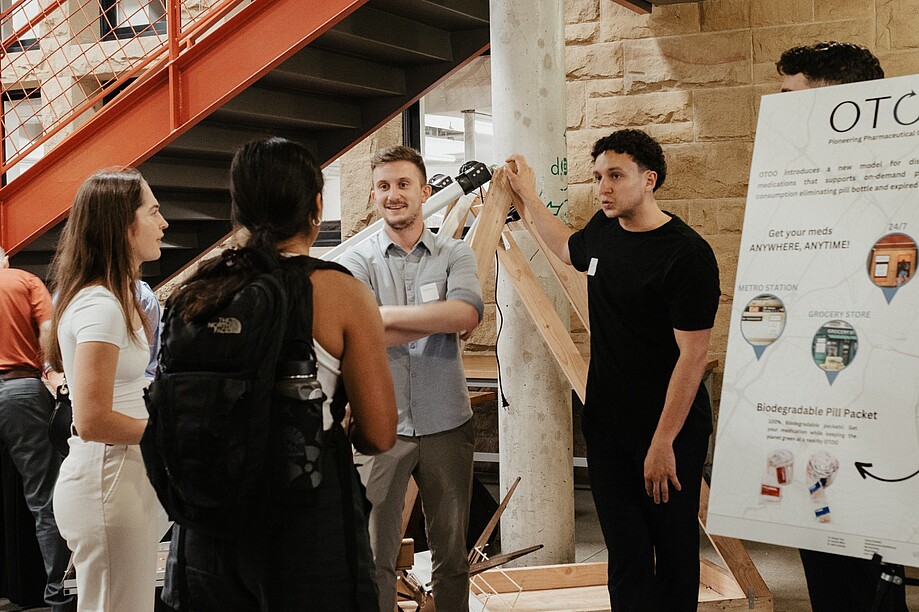
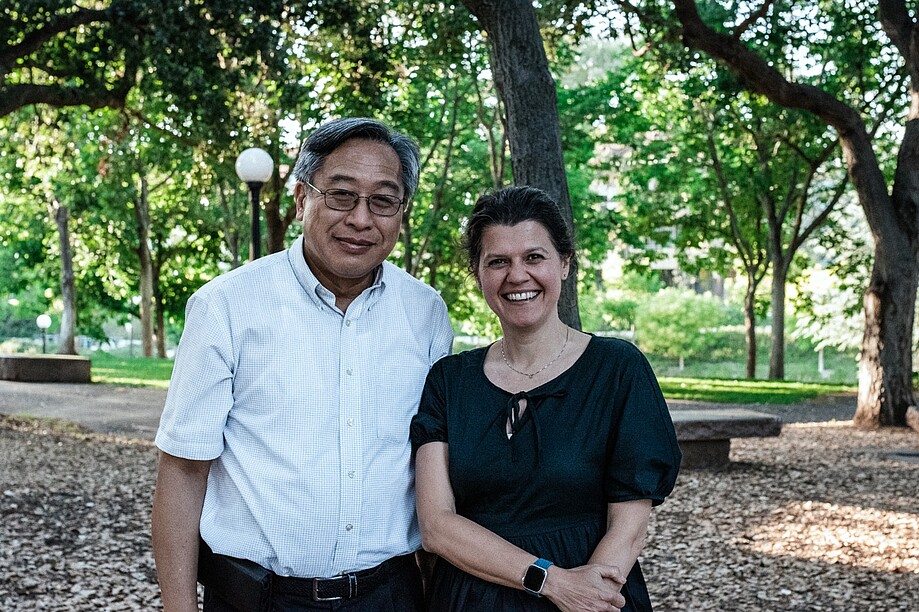
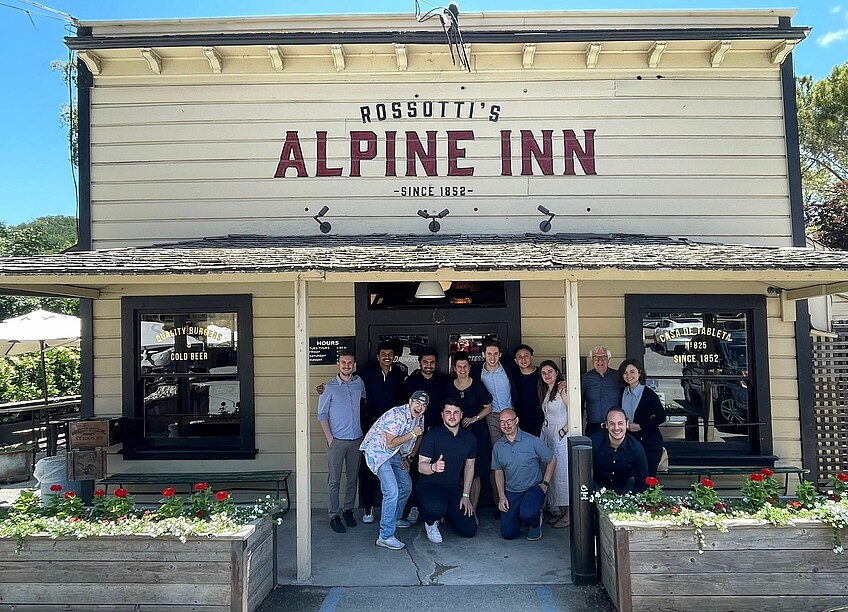
0 Comments
Be the First to Comment!